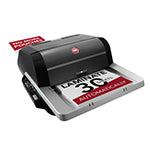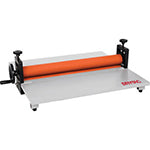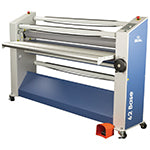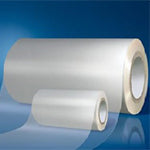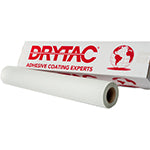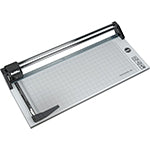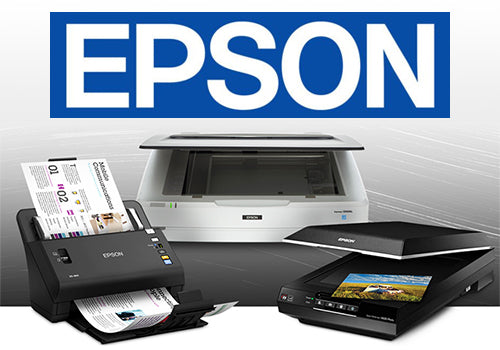It appears that your cart is currently empty

Laminators
Pouch Laminator
A pouch laminator uses a lamination pouch that is usually sealed on one side. The inside of the lamination pouch is coated with a heat-activated film that adheres to the product being laminated as it runs through the laminator. The substrate side of the board contains a heat-activated adhesive that bonds the print to the substrate. This can be any of a number of board products or another sheet of laminate. The pouch containing the print, laminate, and substrate is passed through a set of heated rollers under pressure, ensuring that all adhesive layers bond to one another.
Cold roll Laminator
Cold roll laminators use a plastic film which is coated with an adhesive and glossy backing which does not adhere to the glue. When the glossy backing is removed, the adhesive is exposed, which then sticks directly onto the item which needs to be laminated. This method, apart from having the obvious benefit of not requiring expensive equipment, is also suitable for those items which would be damaged by heat. Cold laminators range from simple two roller, hand-crank machines up to large and complex motor-driven machines with high precision rollers, adjustable roller pressure, and other advanced features.
Heated roll Laminator
A heated roll laminator uses heated rollers to melt glue extruded onto lamination film. This film is in turn applied to a substrate such as paper or card using pressure rollers. The primary purpose of laminating with such a machine is to embellish or protect printed documents or images. Heated roll laminators can vary in size from office based pouch laminators to industrial sized machines. Such industrial machines are primarily used for high quantity/quality output by printers or print finishers.


